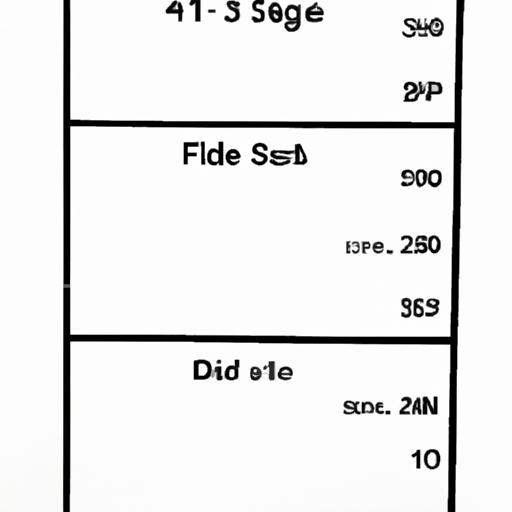- Common Paper Sizes in the US
When it comes to paper sizes, the US primarily uses Letter, Legal, and Tabloid sizes. Letter size paper is the most commonly used paper size in the US, measuring 8.5 inches by 11 inches. It is used for printing letters, documents, and other materials. Legal size paper, on the other hand, measures 8.5 inches by 14 inches, which is slightly longer than the standard Letter size. It is commonly used for legal documents, such as contracts, deeds, and agreements.
Tabloid size paper is much larger, measuring 11 inches by 17 inches. It is commonly used for printing newspapers, magazines, and other large-format documents. Additionally, there are smaller paper sizes used in the US, such as Executive (7.25 inches by 10.5 inches) and Half Letter (5.5 inches by 8.5 inches), which are used for specific purposes.
- Common Paper Sizes in Europe
In Europe, the most commonly used paper size is A4, which measures 210 millimeters by 297 millimeters. This is slightly longer and narrower than the US Letter size, but it is the standard size for printing documents, letters, and other materials. The A4 size is used in most European countries and is also used in many other countries around the world.
There are other paper sizes used in Europe, such as A3 (297 millimeters by 420 millimeters), which is twice the size of A4 and is commonly used for printing posters, maps, and other large-format documents. Additionally, there are smaller sizes such as A5 (148 millimeters by 210 millimeters) and A6 (105 millimeters by 148 millimeters), which are commonly used for printing books, flyers, and other small-format materials. Overall, the A series of paper sizes is widely used in Europe and has become a global standard for printing and paper products.
Other Paper Sizes
Aside from the standard paper sizes used in the US and Europe, there are other paper sizes that are used for specific purposes. These paper sizes are designed to cater to certain industries, such as printing, advertising, and packaging. Here are some examples of unconventional paper sizes:
- A-Series Plus
The A-Series Plus paper sizes are similar to the A-Series paper sizes, but they have a slightly larger surface area. These paper sizes are commonly used in the printing industry, particularly for printing artwork and photographs.
- Envelope Sizes
There are various envelope sizes that are designed to fit specific paper sizes. These include the DL envelope, which is designed to fit an A4 sheet of paper, and the C6 envelope, which is designed to fit an A6 sheet of paper.
- Tabloid Paper
Tabloid paper is a type of paper that is commonly used in newspapers and magazines. It is larger than the standard A4 paper size, measuring at 11 inches by 17 inches.
- Square Paper
Square paper is a unique type of paper that is popular in the crafting and scrapbooking industry. It comes in various sizes, and its square shape makes it perfect for creating origami and other paper crafts.
Examples of unconventional paper sizes
- The Golden Ratio Paper
The Golden Ratio paper is a unique type of paper that is designed to have dimensions that are in proportion to the golden ratio. This paper size is popular among artists and designers who use it for creating sketches and designs.
- The RA and SRA Paper Sizes
RA and SRA paper sizes are larger than the standard A-Series paper sizes and are commonly used in the printing industry. These paper sizes are designed to account for bleed and trim areas in the printing process.
- The Billboard Paper
The Billboard paper is an unconventional paper size that is used in the advertising industry. It is designed to be large enough to display billboard-sized advertisements and is typically printed on vinyl rather than paper.
Conclusion
Understanding the different paper sizes is essential for choosing the right paper for your needs. Whether you are printing a document, creating artwork, or designing an advertisement, knowing the appropriate paper size can make a significant difference in the final product’s quality. By following the guidelines outlined in this article, you can ensure that you choose the right paper size for your needs and achieve the best possible results. Remember that the paper size you choose can affect everything from readability to aesthetics, so take the time to choose wisely and experiment with different paper sizes to find the perfect fit for your project.

